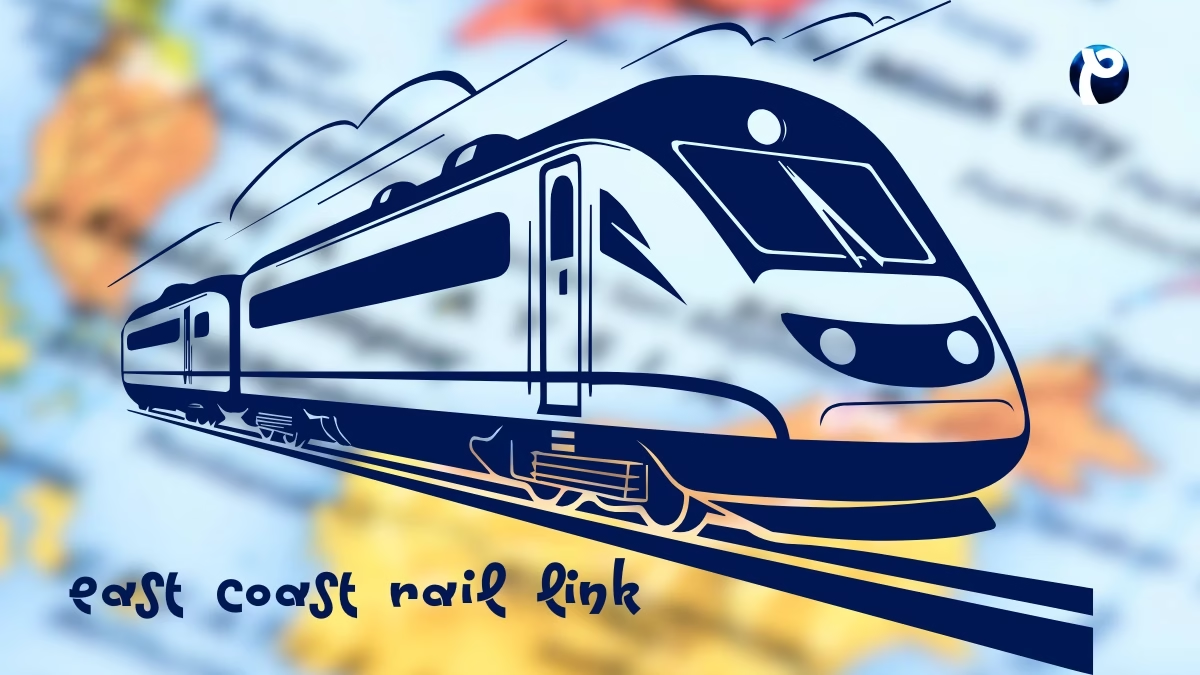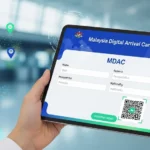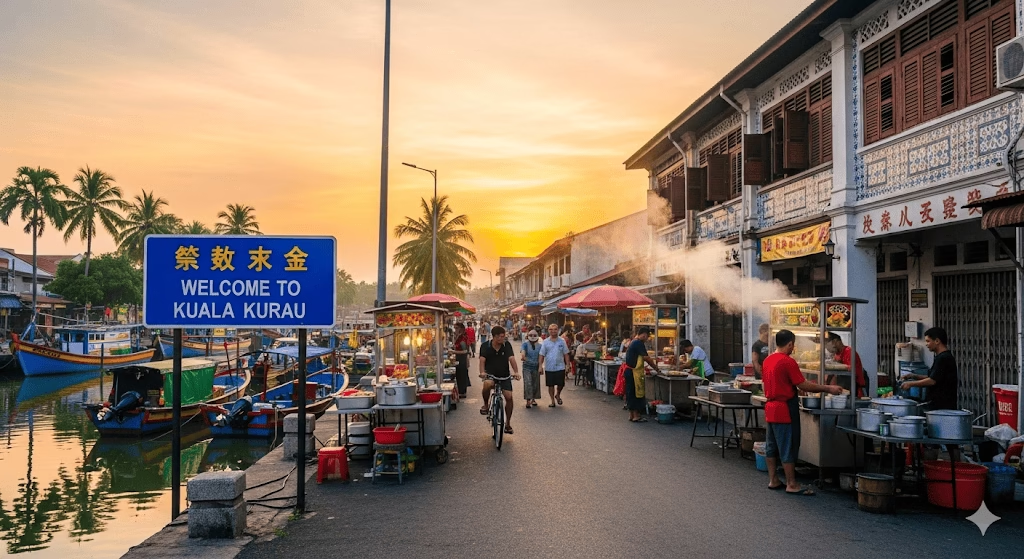East Coast Rail Link (ECRL) Route and Timeline

Port Klang-Kota Bharu
The East Coast Rail Link (ECRL) is a major infrastructure project in Malaysia, designed to connect the East Coast states-Kelantan, Terengganu, and Pahang-to the Klang Valley on the West Coast, ultimately linking Kota Bharu to Gombak and further to Port Klang. The project is highly anticipated for its potential to transform connectivity and economic growth across the region.
East Coast Rail Line
The East Coast Rail Link (ECRL) (Malay: Laluan Rel Pantai Timur) is an under-construction standard-gauge double-track rail project connecting Port Klang on the Straits of Malacca to Kota Bharu in northeast Peninsular Malaysia, linking the East Coast Economic Region states of Pahang, Terengganu, and Kelantan to one another and to the central region of the peninsula’s west coast.
It connecting the East Coast states of Peninsular Malaysia to the Greater Klang Valley
Connecting: Kota Bharu (Kelantan) to Port Klang (Selangor)
Key Technical Details
| Feature | Specification |
|---|---|
| Total Length | 665 km |
| Number of Stations | 20 |
| Maximum Passenger Speed | 160 km/h |
| Travel Time (Kota Bharu–Gombak) | ~4 hours |
| Planned Opening | 1 January 2027 |
| Current Completion (Apr 2025) | 82.45% |
| Electrification | 11 kV 50 Hz overhead line |
| Track Gauge | 1,435 mm (standard gauge) |
| Operator | Malaysia Rail Link Sdn Bhd & CCCC JV |
Current Progress and Timeline
- As of April 2025, the ECRL project is 82.45% complete, ahead of its construction schedule.
- The main stretch from Kota Bharu to Gombak (665 km) is on track for completion by December 2026, with full operations expected to commence on 1 January 2027.
- Construction milestones include the completion of track installation from Maran to Kota Bharu and significant progress in tunnel boring, with 38 out of 41 tunnels excavated.
- Station construction is progressing well and is expected to be finished by mid-2026, with testing and commissioning of the system beginning in June 2026.
East Coast Rail Line Route and Travel Time
- The ECRL will span 665 km, featuring 20 stations and connecting major cities such as Kota Bharu, Kuala Terengganu, Kuantan, Bentong, and Gombak.
- Passenger trains will operate at speeds up to 160 km/h, reducing travel time from Kota Bharu to Gombak to approximately 4 hours.
- The train will pass through key cities like Kuala Terengganu, Kuantan, and Bentong in less than 2 hours from Gombak, offering a fast and efficient alternative to road travel.
- The line is double-tracked and electrified, using modern rolling stock for both passenger and freight services.

Economic and Social Impact
- The ECRL is expected to spur commercial activities, boost tourism, create job opportunities, and drive investments along its corridor.
- The project will also strengthen links between Malaysia’s east and west coasts, enhancing logistics and regional integration.
Planned ECRL Stations
Here is the Planned ECRL Stations (as of 2025):
| Section | Key Stations & Connectivity |
|---|---|
| Section A | Kota Bharu → Pasir Puteh → Jerteh → Bandar Permaisuri → Kuala Terengganu → Dungun |
| Section B | Kemasik → Chukai → Cherating → Kuantan Port City → KotaSAS → Paya Besar → Maran |
| Section C | Temerloh (KTMB) → Bentong → Gombak (LRT) → Serendah (KTMB) → Puncak Alam → Kapar → Jalan Kastam (KTMB) → Northport → Westport |
Kelantan
Terengganu
- Jerteh
- Kuala Besut (optional/future station)
- Kuala Terengganu
- Kuala Nerus
- Dungun
- Kemaman
Pahang
Selangor
- Bentong
- Gombak (Interchange with LRT Kelana Jaya Line)
- ITT Gombak (Integrated Transport Terminal)
- Serendah
- Port Klang
East Coast Rail Link
The ECRL is progressing ahead of schedule, with over 82% completion as of April 2025. The 665 km line will enable travel from Gombak to Kota Bharu in about 4 hours, passing through major East Coast cities in under 2 hours. The project is on track to begin operations on 1 January 2027, promising significant economic and social benefits for Malaysia’s East Coast and beyond.
Here’s a FAQ (Frequently Asked Questions) section on the East Coast Rail Link (ECRL) Route and Timeline, written in an informative and SEO-friendly format:
🛤️ East Coast Rail Link (ECRL) Route and Timeline — FAQ
1. What is the East Coast Rail Link (ECRL)?
The East Coast Rail Link (ECRL) is a major railway infrastructure project in Malaysia designed to connect the East Coast states (Kelantan, Terengganu, and Pahang) with the Klang Valley on the West Coast. It aims to improve connectivity, reduce travel time, and boost trade and tourism across Peninsular Malaysia.
2. Who is constructing the ECRL?
The project is being developed by Malaysia Rail Link Sdn Bhd (MRL), a wholly-owned subsidiary of the Minister of Finance (Incorporated), and constructed by China Communications Construction Company Ltd (CCCC).
3. What is the total length of the ECRL?
The ECRL spans approximately 665 kilometers, making it one of the largest rail projects in Southeast Asia.
4. What are the main sections of the ECRL route?
The route is divided into three main sections:
- Section A: Kota Bharu (Kelantan) to Dungun (Terengganu)
- Section B: Dungun (Terengganu) to Mentakab (Pahang)
- Section C: Mentakab (Pahang) to Port Klang (Selangor)
5. What are the key stations along the ECRL route?
Some of the major stations include:
- Kota Bharu
- Kuala Terengganu
- Kuantan
- Bentong
- Gombak
- Port Klang
Additional stops will serve towns such as Pasir Puteh, Dungun, Chukai, Temerloh, and Putrajaya Sentral.
6. What is the expected travel time from Kota Bharu to Kuala Lumpur?
Once completed, the ECRL will reduce travel time between Kota Bharu and Kuala Lumpur to about 4 hours, compared to the current 7–8 hours by road.
7. When is the ECRL expected to be completed?
The project is targeted for completion by December 2026, with operations expected to begin in early 2027.
8. What is the current progress of the ECRL project?
As of 2025, the ECRL has achieved over 70% completion, with major tunneling and bridge works nearing final stages, and track installation ongoing in several sections.
9. How much does the ECRL project cost?
The total project cost is estimated at RM 50 billion, after being revised from the original RM 65.5 billion following route realignment in 2019.
10. What type of trains will be used on the ECRL?
The ECRL will operate electric trains (ETS-type) capable of running at speeds up to 160 km/h, offering both passenger and freight services.
11. How will the ECRL benefit Malaysia’s economy?
- Boosts East Coast development by enhancing connectivity and trade.
- Reduces travel time and logistics costs.
- Encourages tourism across East Coast states.
- Creates job opportunities during and after construction.
12. Will the ECRL connect to other railway networks?
Yes. The ECRL will be interconnected with existing rail networks, including KTM, ERL, and MRT lines, particularly at Gombak and Putrajaya Sentral stations.
13. Are there future expansion plans for the ECRL?
Future proposals include possible extensions to Johor Bahru and integration with Thailand’s rail system, enhancing regional connectivity under the Pan-Asia Railway Network vision.
14. Where can I check the latest ECRL updates?
You can follow official project updates on: 🌐 www.mrl.com.my
📱 Malaysia Rail Link’s official Facebook, Instagram, and X (Twitter) pages for announcements, progress reports, and route visuals.
15. When will ticket prices be announced?
Ticket pricing and schedules will be announced closer to the launch date in 2026, after final testing and route commissioning are completed.














